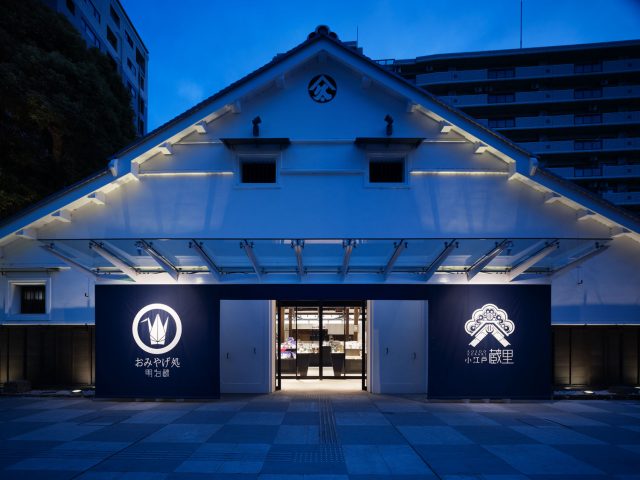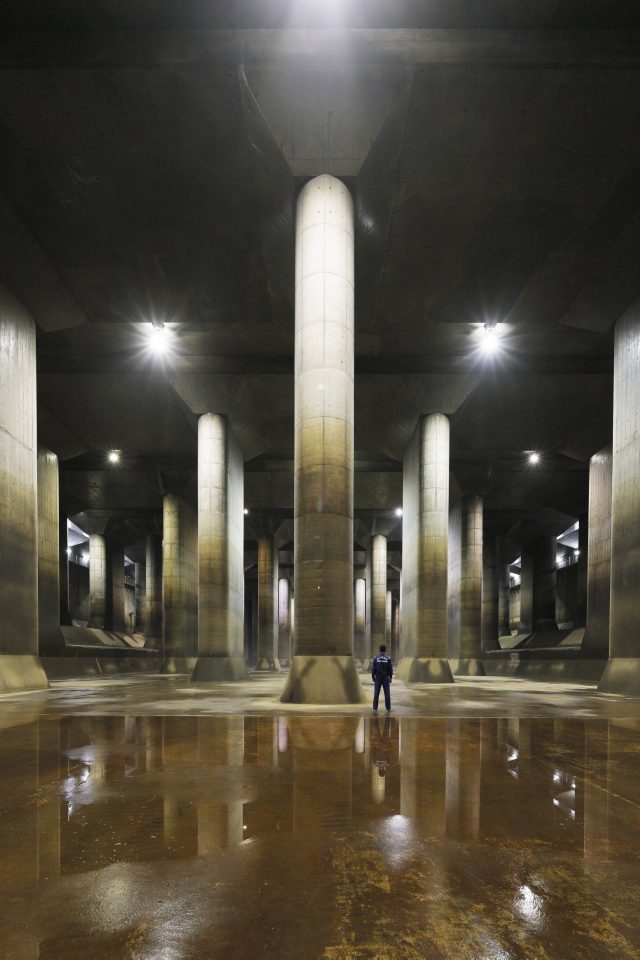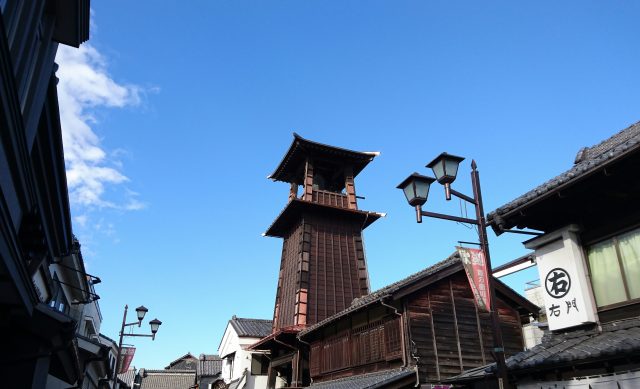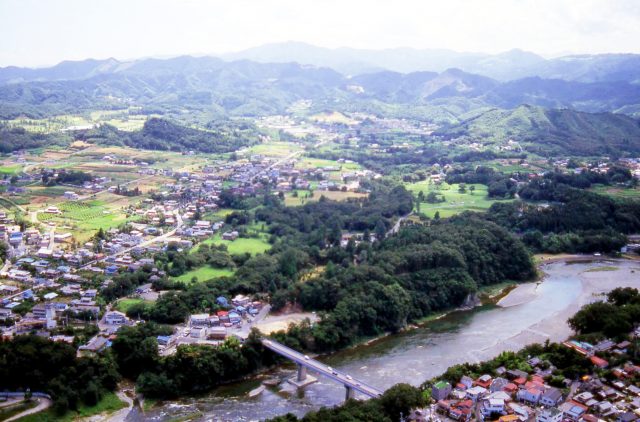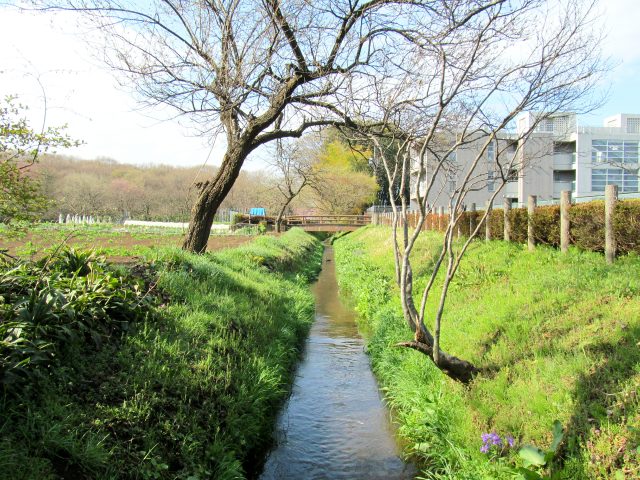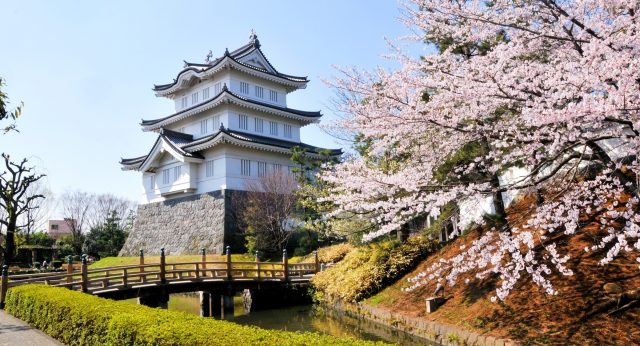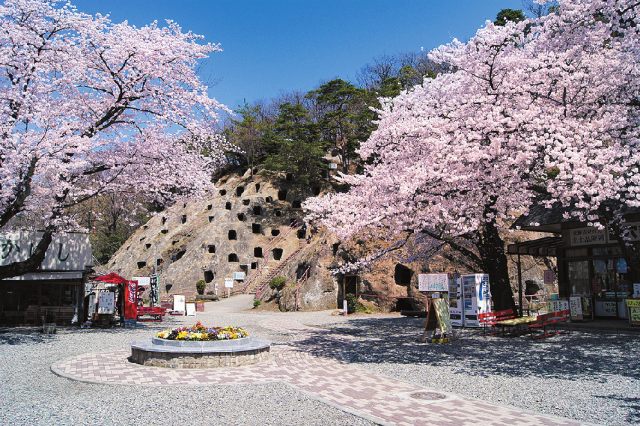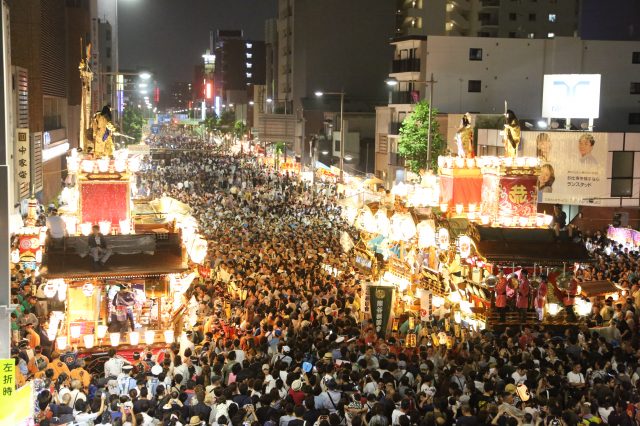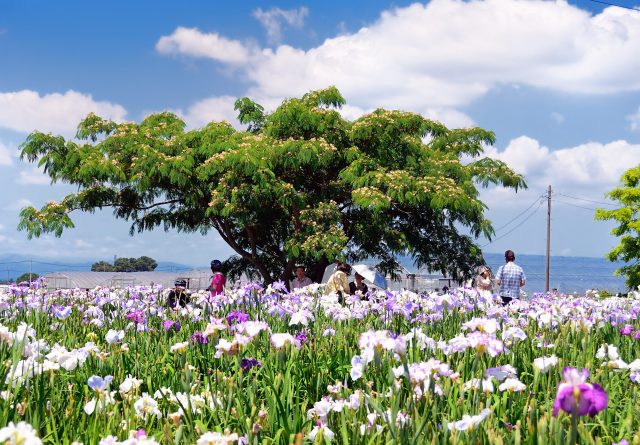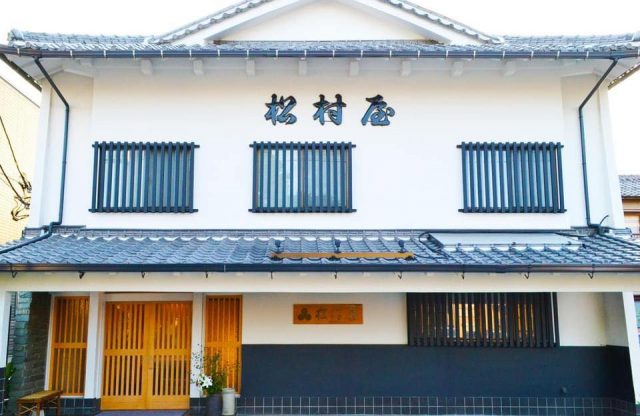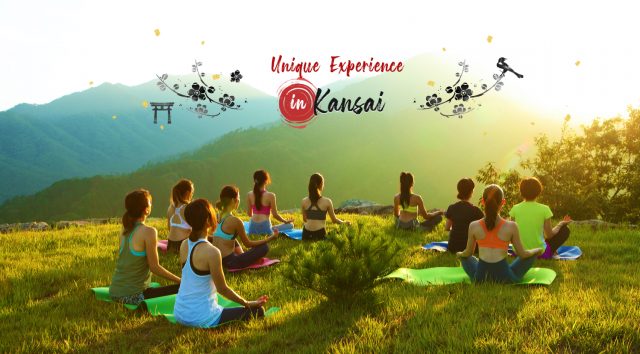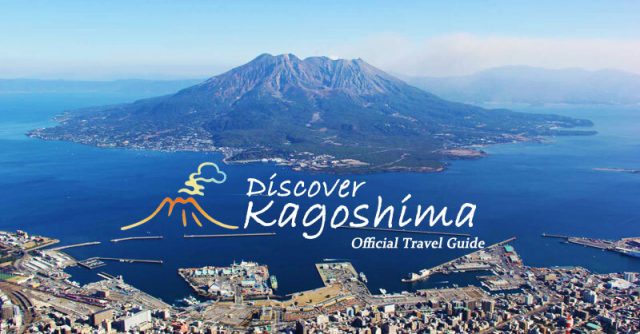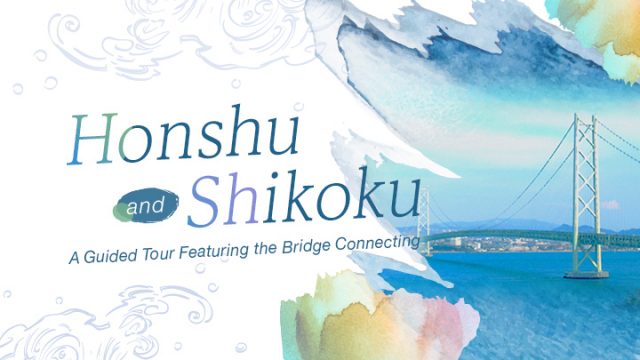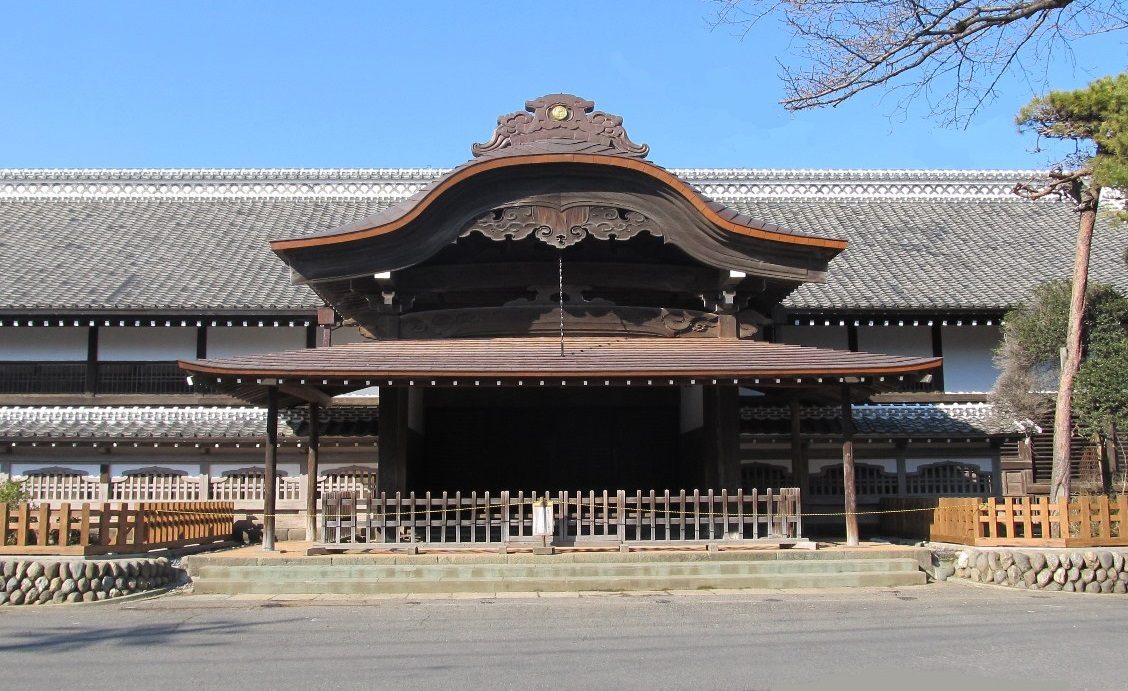
Verified [Verified] denotes information that has been published with confirmation of its owing parties.
Kawagoe Castle Honmaru Goten
The remains of Kawagoe Castle, which flourished in the Edo Period as a crucial northern stronghold, represent a domain of 170,000 koku.
Kawagoe, known as "Little Edo," thrived as a castle town and still retains the ambiance of the Edo period in its popular streetscapes. Kawagoe Castle was crucial as the northern defense of Edo.
Originally, it is believed to have been built in 1457 by Ota Doshin and Dokan, retainers of the Muromachi-period warlord Uesugi Mochitomo. The only part that remains today is a section of the Honmaru Goten (main palace), constructed in 1848 by the then-lord Matsudaira Naritami. It is the only surviving structure of Kawagoe Castle, shared only by Kochi Castle as remaining main palace structures, and is designated as a Prefectural Tangible Cultural Property.
Today, the public can visit parts of the Kawagoe Castle Honmaru Goten, including the entrance and main hall, which were reconstructed as the residence of the chief retainer during the Matsudaira Yamato-no-Kami family's tenure. Visitors can appreciate the pine-painted doors of the grand hall and imagine the lives of the chief retainers, whose figures are displayed, as they once were.
Highlights
-
The Honmaru Goten (main palace) of Kawagoe Castle, a remnant of the 170,000 koku domain, is open to the public.
-
Only a portion of the Honmaru Goten, constructed in the first year of Kaei (1848), remains today.
-
It's one of the few castles, alongside Kochi Castle, where the main palace still exists, and it is designated as a Prefectural Tangible Cultural Property.
-
Only the chief retainer's quarters, which were reconstructed and relocated, including the entrance and main hall, are open for public viewing.
Photos
-
![Parts of the Honmaru Goten (main castle building) built during the Edo period are open to the public.]()
Parts of the Honmaru Goten (main castle building) built during the Edo period are open to the public.
-
![The presence of dolls in the Karo-zashiki (senior retainer's room) allows visitors to contemplate the atmosphere of bygone days.]()
The presence of dolls in the Karo-zashiki (senior retainer's room) allows visitors to contemplate the atmosphere of bygone days.
Official FAQs
Frequently Asked Questions have been vetted and answered directly by each listing.
Q
Do you have signs or pamphlets in foreign languages? (If you do, which languages are available?)
Pamphlets are available in English, Korean, German, French, Spanish, Portuguese, and Chinese (Taiwan & Hong Kong).
Q
Is free Wi-Fi available in the area?
Yes, it is.
Q
Are coin lockers available?
While there are no coin lockers available, items can be left for safekeeping.
Q
Is it possible to re-enter the premises?
Yes, by re-presenting the admission ticket.
Reviews
Details
- Name in Japanese
- 川越城本丸御殿
- Postal Code
- 350-0053
- Address
- 2-13-1 Kuruwamachi, Kawagoe City, Saitama
- Telephone
- 049-222-5399
- Closed
- Mondays (or the following day if Monday is a holiday), the 4th Friday of each month (except holidays), and New Year holidays (December 29 to January 3).
- Business Hours
- 9:00am - 5:00pm (Admission allowed until 4:30pm)
- Admission
- Adults 100 yen, High school and university students 50 yen, Free for junior high school students and younger.
- Access
- From Tobu Tojo Line or JR Kawagoe Line "Kawagoe" station, or from Seibu Shinjuku Line "Hon-Kawagoe" station, take the Tobu Bus and get off at the "Tsuji no Fuda" bus stop, then an 8-minute walk.
- Credit Cards
- Accepted
- Official Website
- Official Website (Japanese)



